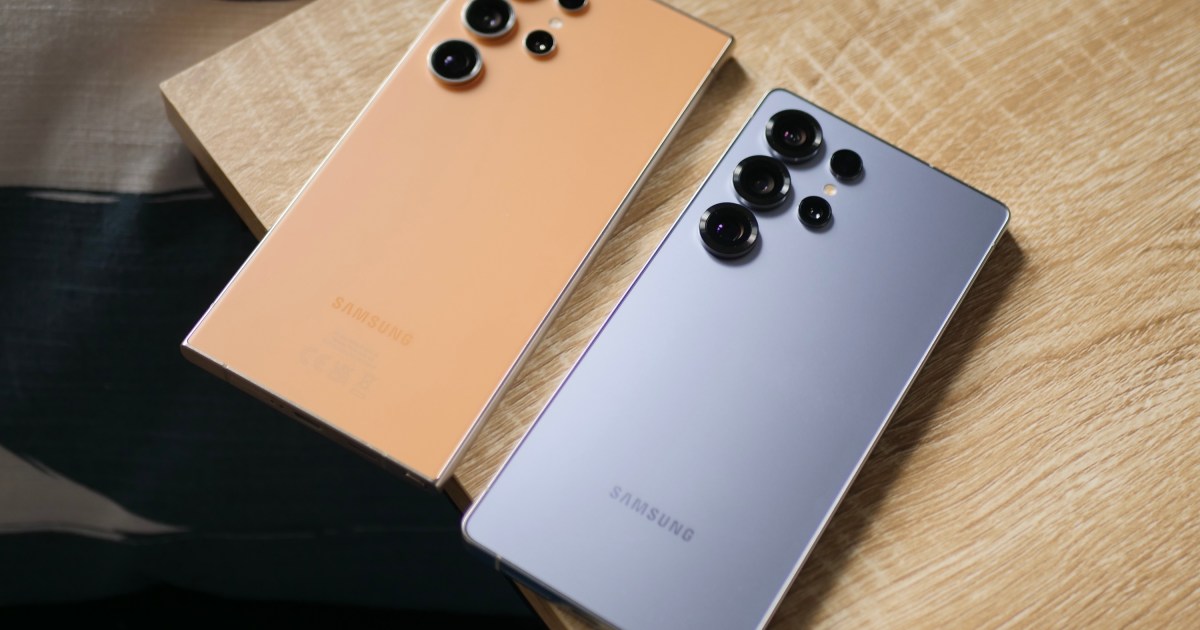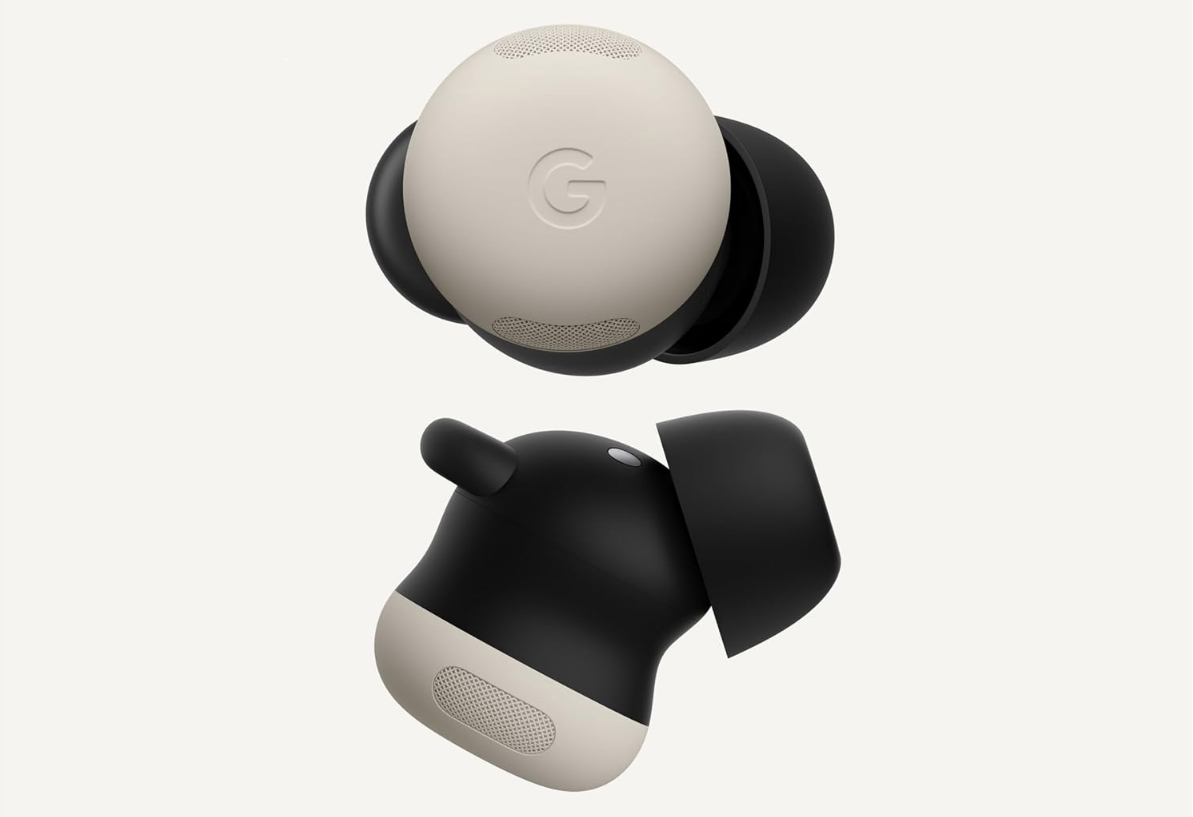
An alternative to in vitro fertilization could ease the process of having children.
The startup Gameto has developed a method for maturing eggs outside the body, which appears to be effective in helping patients conceive with less reliance on hormonal treatments.
More and more people are turning to in vitro fertilization (IVF) to conceive. This process can be complex and painful, requiring costly hormone injections twice a day for two weeks to mature the eggs before retrieval. The New York-based startup Gameto aims to alleviate this burden for patients by developing a method that allows for egg maturation outside the body. This technique reduces the hormonal injections needed in traditional IVF by 80% and shortens the treatment cycle to just a few days. Recent data from the company indicates that this approach promises to generate healthy embryos and pregnancies.
The idea of maturing eggs in a lab is not new. In vitro maturation (IVM) emerged in the 1990s, but its use is limited due to its lower success rates compared to IVF. During this process, eggs are extracted and cultured in a special mix of nutrients and growth factors. However, Gameto’s method uses ovarian "support" cells, derived from stem cells, for maturation.
In a preliminary study, Gameto demonstrated that its product, called Fertilo, resulted in higher pregnancy rates compared to conventional IVM. In the first phase of the research, the safety of Fertilo was evaluated in 20 patients. In the second phase, another 20 patients were randomly assigned to receive either Fertilo or IVM. Eggs treated with Fertilo showed a maturation rate of 70%, while standard IVM reached only 52%. When these eggs were fertilized, Fertilo yielded more viable embryos and a higher pregnancy rate: 44% of patients who received Fertilo became pregnant after one treatment cycle, compared to 20% of those who underwent IVM. Thus far, the study has resulted in 15 ongoing pregnancies, 13 of which are from Fertilo treatments.
Dina Radenkovic, CEO and founder of Gameto, states that the goal of Fertilo is to provide a patient-centered solution that empowers and facilitates family building. Radenkovic even tested Gameto's technology on her own eggs, not to conceive, but to assess the effectiveness of Fertilo.
Naturally, ovaries produce one mature egg per month until menopause. In an IVF cycle, patients must inject high doses of hormones for 10 to 14 days to stimulate their ovaries to produce multiple eggs. These injections can cause mood swings, headaches, bloating, and, in rare cases, a painful and potentially serious condition called ovarian hyperstimulation syndrome. In the United States, the medications for stimulation range from $4,000 to $7,000 per cycle, which can account for about a third of the total IVF cost.
With Gameto’s method, patients only need two or three days of hormones before egg retrieval, which are then incubated with ovarian support cells for approximately 30 hours. This technique has allowed the company to develop a way to create those specialized reproductive cells from stem cells. "We can use these cells to recreate the ovary outside the body," says Christian Kramme, Chief Scientific Officer of Gameto.
By reducing the amount of medication and the time required for egg retrieval, Gameto seeks to simplify the process so that patients can freeze their eggs or have children. In fact, a birth has already been reported in Peru thanks to Fertilo, and another woman who received this treatment is expected to give birth in April or May.
However, many patients may wonder how Fertilo compares to standard IVF. This question was not addressed in the study, and it is challenging to establish a direct comparison. IVF success rates vary significantly depending on the patient's age and ovarian reserve. Birth rates can be as high as 50% in patients under 35, but this number decreases with age. It is important to note that Gameto’s study included patients under 37 with high ovarian reserve, which could explain part of its success rate.
David Sable, a life sciences investor and former reproductive endocrinologist, believes that Gameto's technique appears promising, although it is complicated to draw definitive conclusions due to the small sample size. "The question is whether they are developing a better version of an inferior process or something that can truly compete with current IVF," he comments.
Gameto plans to address this question in a large phase 3 trial that has recently launched in the United States, which will study the efficacy of Fertilo in several hundred patients. While it is unlikely that Fertilo will surpass traditional IVF, it could be seen as a viable alternative for some patients. Radenkovic mentions that this approach could be particularly attractive to young people looking to freeze their eggs. Those seeking to conceive immediately may be more willing to deal with the side effects of medications and numerous medical appointments, while those freezing their eggs as a future insurance policy might prefer a less invasive procedure.
Patients with polycystic ovary syndrome (PCOS) could also benefit from a less invasive version of IVF, as they tend to be more sensitive to the hormones used in this treatment. Daniel Williams, medical director of the Reproductive Fertility Center in the Los Angeles area, notes that reducing the amount of medications involved in IVF could lower costs for patients. "The reason alternatives are needed is that cost remains a significant barrier for fertility treatment," he adds.
Fertilo has been approved for use in Australia, Japan, Argentina, Paraguay, Mexico, and Peru. Gameto has yet to determine the price in those locations, and the final cost of the procedure will be defined by fertility clinics. The company expects 20 additional births to occur this year in Latin America and Australia thanks to Fertilo. If this technology proves to be sufficiently successful, it could see increased adoption in the future.



